
Illustration photo Health and Life Newspaper.
Stroke is one of the leading causes of death, the incidence is increasing and the trend is getting younger. Misconceptions about stroke can make you "desperate" or miss the golden opportunity for treatment. The following 10 mistakes are often seen when thinking about stroke.
1. Stroke is a heart problem
Although strokes and heart attacks are both the result of narrowing or blockage of arteries that cause a lack of blood supply, strokes are problems in the brain. There are two types of strokes: ischemic strokes and hemorrhagic strokes.
Cerebral infarction: narrowing/blockage of the artery due to blood clots, spasms, causing ischemia of certain brain tissue areas. Treatment requires antithrombotic drugs and vascular intervention.
Cerebral hemorrhage: rupture of a blood vessel in the brain causing bleeding in the brain.
These two conditions are difficult to distinguish based on external symptoms alone, so when there are signs suggesting a stroke, do not self-medicate because if you have a hemorrhagic stroke, you will make the condition worse.
2. Stroke is not preventable.
The most common risk factors for stroke are high blood pressure, smoking, high cholesterol, obesity , diabetes, head/neck injury and heart rhythm disorders. These are factors that we can identify and control. For example, regular exercise and a healthy diet can reduce risk factors such as high blood pressure, high cholesterol, obesity and diabetes.
3. Stroke is not hereditary in families.
Gene mutations, such as the mutation that causes sickle cell disease, increase the risk of stroke.
Family members often have similar lifestyles and environments or influence each other. Therefore, an unhealthy environment or lifestyle combined with genetic disease significantly increases the risk of stroke.
4. Stroke symptoms are difficult to recognize
The most common symptoms of a stroke are quite easy to recognize, just pay attention to how your body normally looks, when there is an abnormality you will recognize it more easily. Symptoms of a stroke:
Facial asymmetry: numbness on one side of the face and uneven smile.
Weakness or numbness in one arm: when you raise one arm, it falls back down.
Difficulty walking, including dizziness, loss of balance.
Severe headache of unknown cause.
5. Untreatable stroke
Many people think that strokes are untreatable and leave lifelong effects. If the patient gets to the hospital early enough, within minutes or hours, strokes can be treated with clot-busting drugs or surgical intervention.
People who arrive at the hospital within 3 hours of the first symptoms usually have fewer complications and a higher survival rate than those who arrive after 3 hours. In general, the later the arrival, the worse the prognosis.
6. Stroke only occurs in older people
Age is a risk factor for stroke. After age 55, the risk of stroke doubles every 10 years. However, stroke can occur at any age. Regardless of age, having high blood pressure, diabetes, obesity, or high blood fat puts you at a very high risk of stroke.
7. All strokes have symptoms.
Not all strokes have symptoms, and some studies suggest that asymptomatic strokes are more common than symptomatic ones.
Although “silent strokes” cause small lesions that are often only detected on brain MRI, they should be treated similarly to symptomatic strokes if detected. This is because “silent strokes” increase the risk of future symptomatic strokes, cognitive decline, and dementia.
8. "Mini-strokes" are not important
A “ministroke” or “mini-stroke” is a transient ischemic attack (TIA). The term “mini” or “mini-stroke” may sound like a minor attack, but it can actually be a precursor to a “major stroke.” Any symptoms of an acute, transient stroke should be taken seriously.
9. Stroke always causes paralysis.
Not everyone who has a stroke is left paralyzed or weak. Depending on how much brain tissue is affected and which areas of the brain are affected, strokes can cause different symptoms.
For example, a left-sided stroke can have sequelae such as paralysis on the right side of the body and/or problems with speech and language only, slow behavior, and memory loss; a right-sided stroke can cause numbness/paralysis on the left side of the body, or can cause problems with vision, behavior, and memory loss.
10. Stroke recovery is quick.
In fact, the recovery process after a stroke can take months or even years. However, many people may not fully recover. Among them:
10% will recover almost completely.
Another 10% will need care in a nursing home or other long-term facility.
25% will recover but have mild sequelae.
40% will have moderate to severe sequelae.
The first 2-3 months after a stroke are very important because if intensive rehabilitation is actively performed, the recovery rate will be higher. After this period, especially after 6 months, recovery will be very slow.
Source




![[Photo] Prime Minister Pham Minh Chinh receives leaders of Excelerate Energy Group](https://vphoto.vietnam.vn/thumb/1200x675/vietnam/resource/IMAGE/2025/5/29/c1fbe073230443d0a5aae0bc264d07fe)
![[Photo] Prime Minister Pham Minh Chinh attends the event "Digital transformation of the banking industry by 2025"](https://vphoto.vietnam.vn/thumb/1200x675/vietnam/resource/IMAGE/2025/5/29/0e34cc7261d74e26b7f87cadff763eae)

























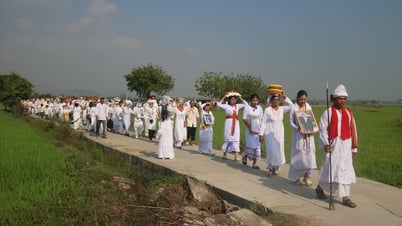



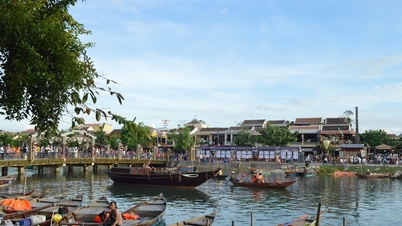













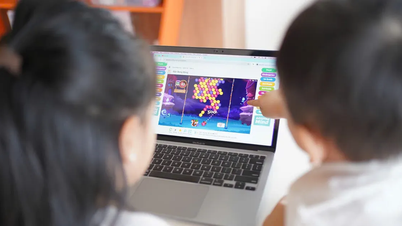









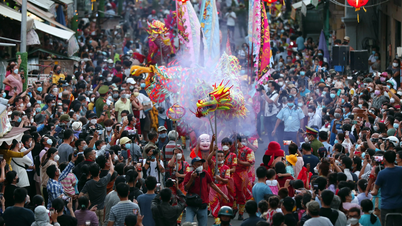












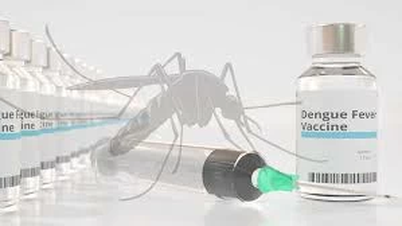




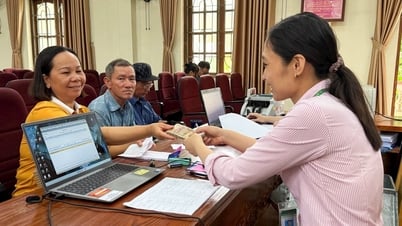














Comment (0)